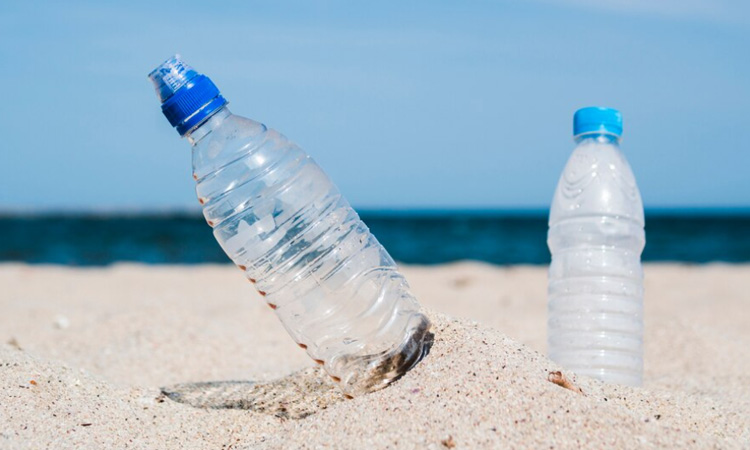Microplastics are tiny pieces of plastic less than 5mm in size that come from larger plastic items as they break down. These minuscule plastics are found everywhere, from the air we breathe to the water we drink. They can be as small as a speck of dust or smaller than the period at the end of this sentence. These microplastics are a big problem causing an impact on our health and environment.
One primary source of microplastics is when larger plastic items, like bottles or bags, start to break down into smaller pieces due to sunlight and weathering. Additionally, many personal care products, like face scrubs and toothpaste, contain tiny plastic beads that end up in our oceans.
When microplastics enter water bodies, they pose a threat to marine life. Sea creatures, from tiny plankton to larger fish, might accidentally eat these small plastics. Moreover, these microplastics can act like sponges, absorbing dangerous chemicals from the water. When fish or other marine animals consume them, these toxic chemicals can make their way up the food chain and ultimately to our dinner plates.
Even in the air, microplastics can be carried by the wind, leading to concerns about how they might affect our health. Scientists are still learning more about this, but it’s becoming clear that the impact of microplastics is far-reaching.
Reducing our use of single-use plastics and opting for sustainable, eco-friendly materials is one way to address the problem. Proper waste disposal and responsible choices in the products we use are essential steps to prevent the creation and spread of microplastics. Being mindful of what we buy and making efforts to reuse, recycle, and properly dispose of plastics are critical to reduce their impact on the environment.
Next On Your Reading List:


